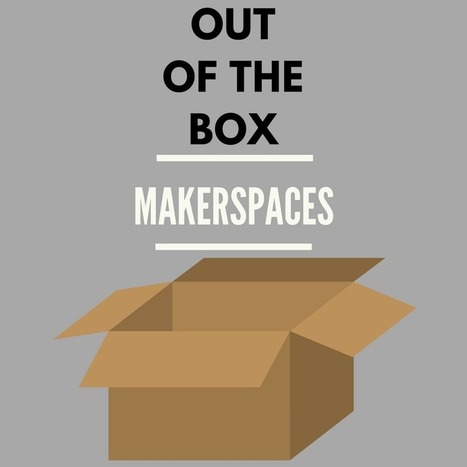Learning is really just a growth in awareness.
From not knowing to knowing is part of it, but that’s really too simple because it misses all the degrees of knowing and not knowing. One can’t ever really truly understand something any more than a shrub can stay trimmed. There’s always growth or decay, changing contexts or conditions.
Understanding is the same way: it’s fluid.
Yes, this sounds silly and esoteric, but think about it. While morsels of information–math theorems, for example–may not change, the context students use them in do. Which in turn changes how we consider and use that morsel.
In fact, so little of the learning process is unchanging. Even facts–significant historical dates, labels for ethnic groups, causes and effects of cultural movements–all change endlessly, if not in form (how they’re discussed) than in meaning and connotation (what we think of them).
Design. Engineering. Religion. Media. Literacy. Human Rights. Geography. Technology. Science. All of these have changed both in form and connotation in the last decade, with changes in one (e.g., technology) changing how we think of another (e.g., design).
And so how students use this skill or understanding.
And further how we, as teachers, “teach it.”
Research and publish the best content.
Get Started for FREE
Sign up with Facebook Sign up with X
I don't have a Facebook or a X account
Already have an account: Login
News, reviews, resources for AI, iTech, MakerEd, Coding and more ....
Curated by
John Evans
 Your new post is loading... Your new post is loading...
 Your new post is loading... Your new post is loading...
|

Kindy Segovia's curator insight,
April 5, 2017 11:04 AM
How about a Makerspace designed for users of all abilities? Making for disability, and Making inclusive of disability?
|












